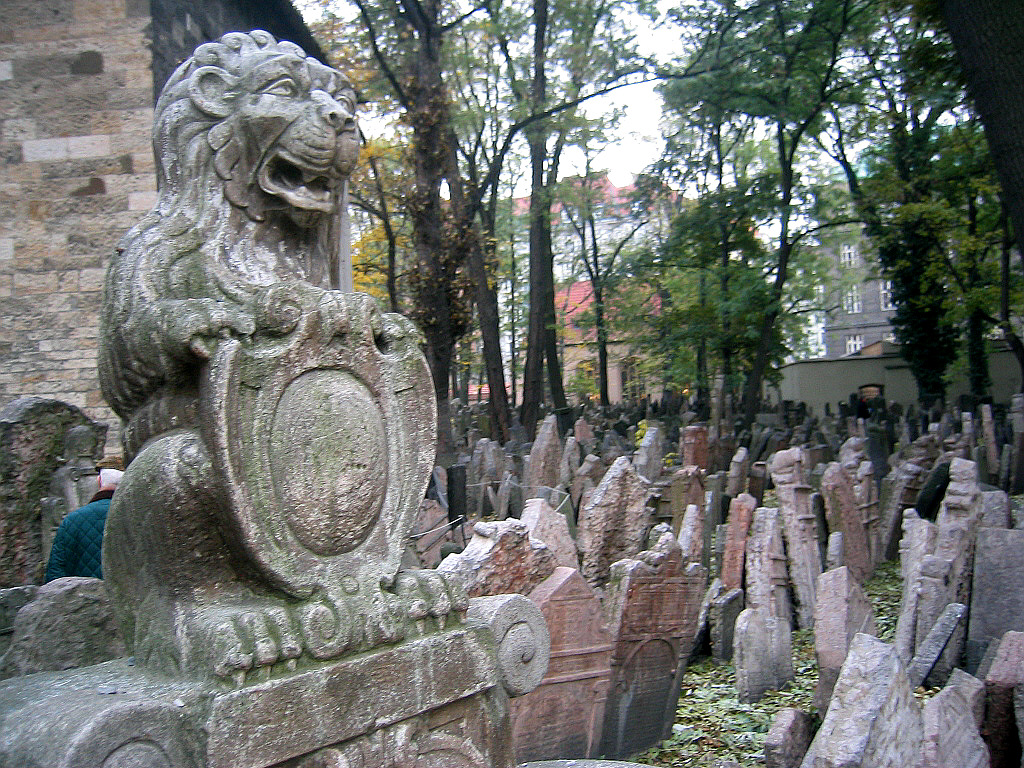
The Jewish Cemetery in Prague. The doorways between the living and the dead were thought to open on the Celtic feast of Samhain.
The word Halloween was first used in the 16th century and represents a Scottish variant of the fuller All Hallows’ Eve (‘evening’), that is, the night before All Hallows’ Day. Although the phrase All Hallows’ is found in Old English (ealra hālgena mæssedæg, mass-day of all saints), All Hallows’ Eve is itself not seen until 1556. In traditional European cultures, the festival was considered the first day of winter; thus, the holidays of Christmas and the December solstice were MID-winter (as many Christmas carols refer to it).
Though the origin of the word Halloween is Christian, the holiday is commonly thought to have partial pagan roots. Historian Nicholas Rogers, exploring the origins of Halloween, notes that while “some folklorists have detected its origins in the Roman feast of Pomona, the goddess of fruits and seeds, or in the festival of the dead called Parentalia, it is more typically linked to the Celtic festival of Samhain“, which comes from the Old Irish for “summer’s end”.[12] Samhain was the first and most important of the four quarter days in the medieval Gaelic (Irish, Scottish, and Manx) calendar. It was held on or about October 31 – November 1 and kindred festivals were held at the same time of year in other Celtic lands; for example the Calan Gaeaf (in Wales), Kalan Gwav (in Cornwall) and Kalan Goañv (in Brittany). It marked the end of the harvest season and the beginning of winter or the ‘darker half’ of the year.
Samhain (like Beltane, on February 1-2) was seen as a time when the ‘door’ to the Otherworld opened enough for the souls of the dead, and other beings such as fairies, to come into our world. The souls of the dead were said to revisit their homes on Samhain. Lewis Spence described it as a “feast of the dead” and “festival of the fairies”. However, harmful spirits and fairies were also thought to be active at Samhain. People took steps to allay or ward-off these harmful spirits/fairies, which is thought to have influenced today’s Halloween customs. The practice of lighting bonfires during Hallowmas may have been a Christianized one, as the Celts lit bonfires during Samhain as well.
